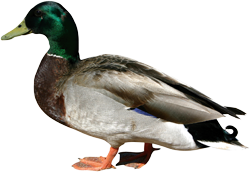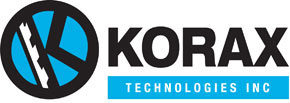 First Generation of EIFS Rain Screens
First Generation of EIFS Rain Screens

At about the same time as the survey, the EIFS industry was investigating the possibility of modifying their systems to create pressure moderated rainscreens. This challenge was met only partially. With other cladding materials, the weaknesses of a face-sealed design can be mitigated by providing a drained exterior screen, or a pressure moderated space behind the screen to intercept most exterior moisture, and deal with moisture that the screen fails to exclude.
Technical Review Introduction
by James B. (Jim) Posey
The typical EIFS installation is face-sealed, soft-coat (Type PB), adhesive applied on sheathing or, less commonly, masonry, with single stage joints. When it works, all incidental rainwater is excluded at the visible exterior surface, despite exposure to extremes of temperature, ultraviolet degradation, and other causes of damage. However, it does not always work. When it is raining, once there is a film of water on the surface, it is pushed into any defects by wind pressure. Water that enters the system must exit by gravity to the interior or, if trapped, evaporate through the layers of the wall to interior or exterior as conditions permit. The (typical) system has very little capacity for storage of adsorbed or capillary moisture, either on the surface, or within the EIFS materials. A more porous material would delay formation of a film of water on the exterior surface, and thereby reduce penetration into the wall. In addition, with EIFS less water is needed inside the system to raise the relative humidity to saturation. So, defects in the exterior surface are likely to cause wetness within the wall and damage to moisture sensitive substrata.
In many cases, face-sealed systems are capable of good performance. Dry climate, sheltered locations, protection by overhangs, and solid masonry or concrete substrate walls that can store moisture without damage are all positive factors. In a 1993 field survey of Canadian EIFS installations, 50% of installations examined were serviceable, without serious defects.1 On the other hand, 30% were in need of extensive repair or replacement. The oldest installation examined was 13 years old at the time. It was in good condition then, and appears to remain so today, except that the finish coat has now eroded to reveal the base coat in some locations. Another installation, also in good condition, was serving as a sloped roof! Many of the problems seen in the less successful installations could have been avoided without design changes. But, if the designs had not relied on a perfect seal at the exterior surface more installations would have been in serviceable condition, despite less than perfect installation or subsequent deterioration.
References
1 Williams, Mark F. & Lampo, Richard G.,“Development, Use, and Performance of Exterior Insulation and Finish Systems (EIFS)”, ASTM STP 1187, Philadelphia, 1995.


